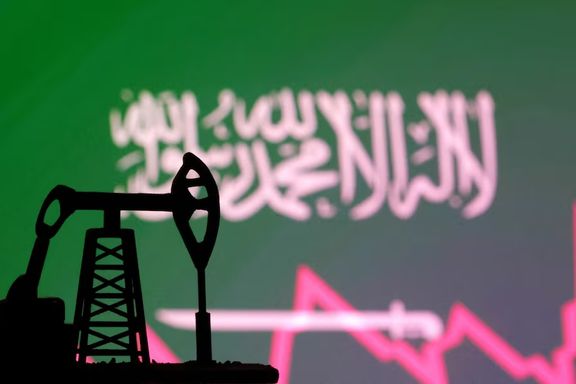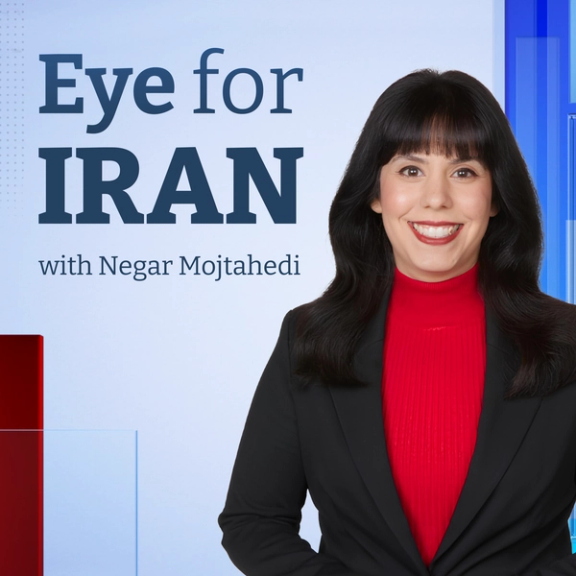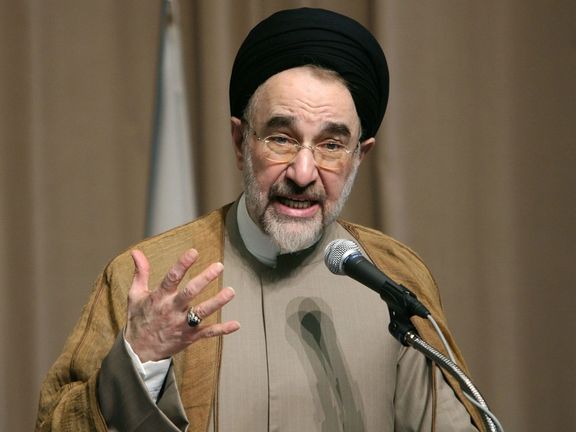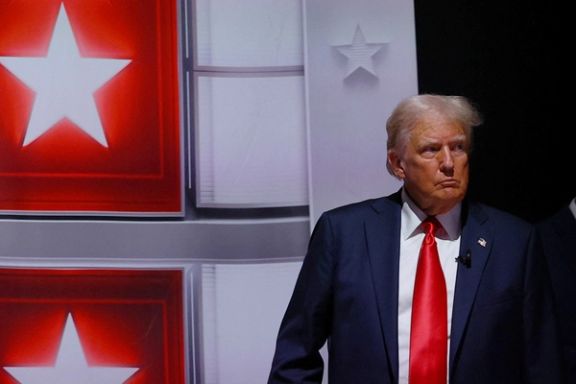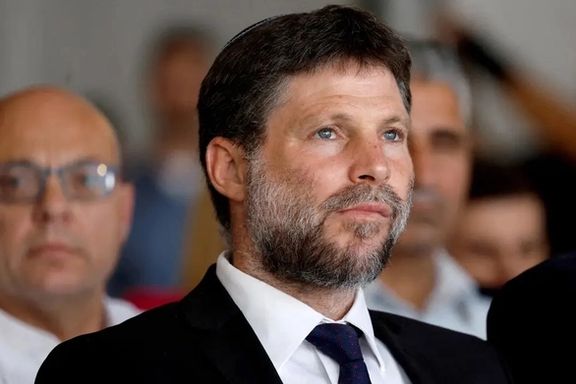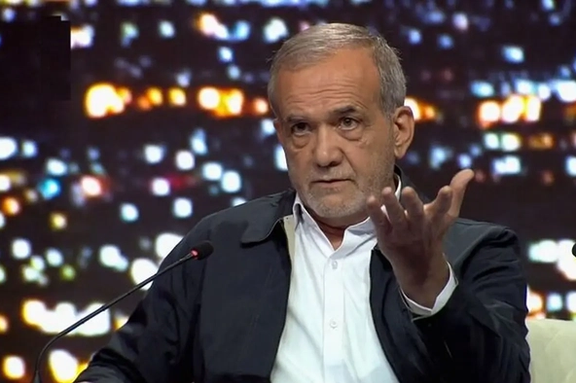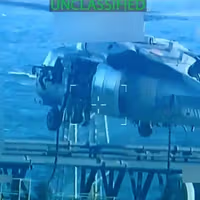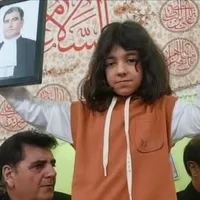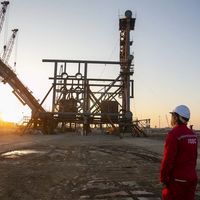The prevailing consensus among Iranian outlets is that there is little chance of Joe Biden's re-election and that a Trump presidency would be detrimental to the Islamic Republic. While some emphasize potential "disasters" in Iran's foreign relations, others propose solutions to mitigate these challenges.
Furthermore, analyses delve into the potential outcomes should either of the Iranian handpicked presidential candidates, Masoud Pezeshkian or Saeed Jalili, be elected.
Mohammad Ali Sobhani, a former Iranian ambassador in Lebanon, explained the best and worst scenarios for Iran's relations with the US in an article published on the “reformist” news outlet Etemaad on Tuesday.
In the best case, if "moderate governments" are in power in both countries—such as "reformists in Iran" and Biden in the US—it would be easier to reduce problems and reach agreements, creating a smoother path for diplomacy and cooperation, according to Sobhani.
In the worst case, if Jalili and Trump are in power, reaching an agreement would be much harder. Sobhani noted that Jalili's' past shows he would be reluctant to use his authority to revive the Joint Comprehensive Plan of Action (JCPOA), even when allowed by the Supreme Leader. He warned that “Jalili's extreme views” could pose significant risks to Iran's foreign relations, making the situation more challenging.
The only reform-leaning candidate, Pezeshkian, supports the JCPOA and advocates for expanding Iran's international ties, emphasizing the economic benefits of the 2015 nuclear deal. In contrast, Jalili criticizes the JCPOA and the moderate factions' focus on relations with just "three world powers," arguing that Iran should engage with over 200 countries to explore diverse opportunities.
The JCPOA involved Iran and major world powers, including the five permanent United Nations Security Council members. Under this agreement, Iran agreed to reduce its nuclear capabilities in exchange for relief from economic sanctions.
However, the US withdrawal from the agreement in 2018 under then-President Trump, followed by the re-imposition of sanctions, strained relations and severely impacted Iran’s economy.
Former Iranian diplomat Abdolreza Farajirad warned that Trump's return could lead to broader sanctions and significantly impact Iran's oil exports. He told Fararu that even a short-term deal with the current US administration would be advantageous, arguing that securing agreements before the US elections would help Iran "be in a stronger postion against Trump."
Farajirad also claimed that such agreements would benefit the Biden administration by “providing a notable achievement before the elections.”
While Farajirad sought solutions, others, like the state-affiliated outlet Iran Online, advocated for a more aggressive stance against a future Trump administration. It emphasized "completing the cycle of nuclear deterrence" as Iran's best strategy against Trump, according to an article titled "What should we do with Trump? A must-read for Jalili and Pezeshkian."
Iran Online stated that when Trump left office, Iran had a "limited nuclear program," with uranium enrichment capped at 3.67% under the JCPOA. Now, with the potential return of Trump to the White House, Iran has enriched uranium to "60% with IR-6 advanced centrifuges" and could achieve nuclear weapons "within a few weeks," framing this as "Iran's biggest trump card against Trump."
Iran's nuclear program has expanded rapidly in recent years, with limited access and many UN inspectors being barred. In June, France, Germany, and Britain, original signatories of the 2015 nuclear deal with Iran, condemned Tehran's plan to expand its uranium enrichment further. The US has also threatened to respond if Iran continues to accelerate its uranium enrichment.
Iran Online also cautioned the upcoming Iranian government, emphasizing that during Trump's first presidency, Iran faced consequences where it showed "indecisiveness" and brought the "proud American to his knees" when exerting authority. The outlet asserted that Trump withdrew from the JCPOA because he saw it as the "endpoint, the only way out, and the only irreplaceable solution for Iran." It further argued that Trump's decision to "commit the crime of Baghdad," that is, killing IRGC Commander Qasem Soleimani by US drones, was a sign of "Iran's perceived vulnerability" following the protests of November 2019.
In 2019, Iran witnessed a series of nationwide protests, referred to as Bloody November, that rapidly evolved into demands for the overthrow of the government and Supreme Leader Ali Khamenei.
Iran Online asserted that should Donald Trump be re-elected, he would confront Iran with “limited available options."
The semi-official Mehr News Agency also echoed a similar sentiment, stating that "if Donald Trump wins in the upcoming US presidential elections, there is almost nothing left to impose sanctions on our country." Adding that "However, our country's efforts to neutralize sanctions are expanding day by day."
Although other outlets did not share this optimism.
Amirali Abolfath, an international relations expert, told Etemaad newspaper in Tehran that US sanctions will persist regardless of who is in the White House, noting they will "continue" and potentially "increase in numbers".
He asserted that any incoming president in Iran would be unable to effect significant changes in Iran-US relations or the nuclear issue, emphasizing the "continuity in Iran's foreign policy" due to the structure of the Iranian constitution, implying that Supreme Leader Ali Khamenei remains the ultimate decision-maker.
Abolfath also highlighted the possibility of the "snapback mechanism" being activated, irrespective of whether Jalili or Pezeshkian becomes president, mainly as the JCPOA expires in October 2025. Without a relative agreement by then, Abolfath warned that "UN sanctions will return," potentially escalating tensions between Iran and the US.
The snapback mechanism, part of JCPOA, allows any participant to restore all UN sanctions on Tehran if it deems Iran violating the agreement.
During their first televised debate on Thursday night, US President Joe Biden and former President Donald Trump clashed over their respective records on Iran, each accusing the other of weakness while failing to provide any clear insight into their future policy towards the Islamic Republic.
President Biden's Iran policy has faced widespread criticism for being too lenient. Critics say that the Biden administration has not enforced the oil export sanctions by reversing Trump's maximum-pressure approach to pursue a nuclear agreement. Additionally, prisoner swaps and waivers have freed $16 billion in previously frozen Iranian funds, funneling tens of billions of dollars into the regime's coffers.
Nevertheless, despite differences in outlook and style, both candidates seemed intent on appearing tough on Iran during their Thursday debate, particularly in the wake of the October 7 attack on Israel, which many believe would not have occurred without Tehran's support for Hamas.

